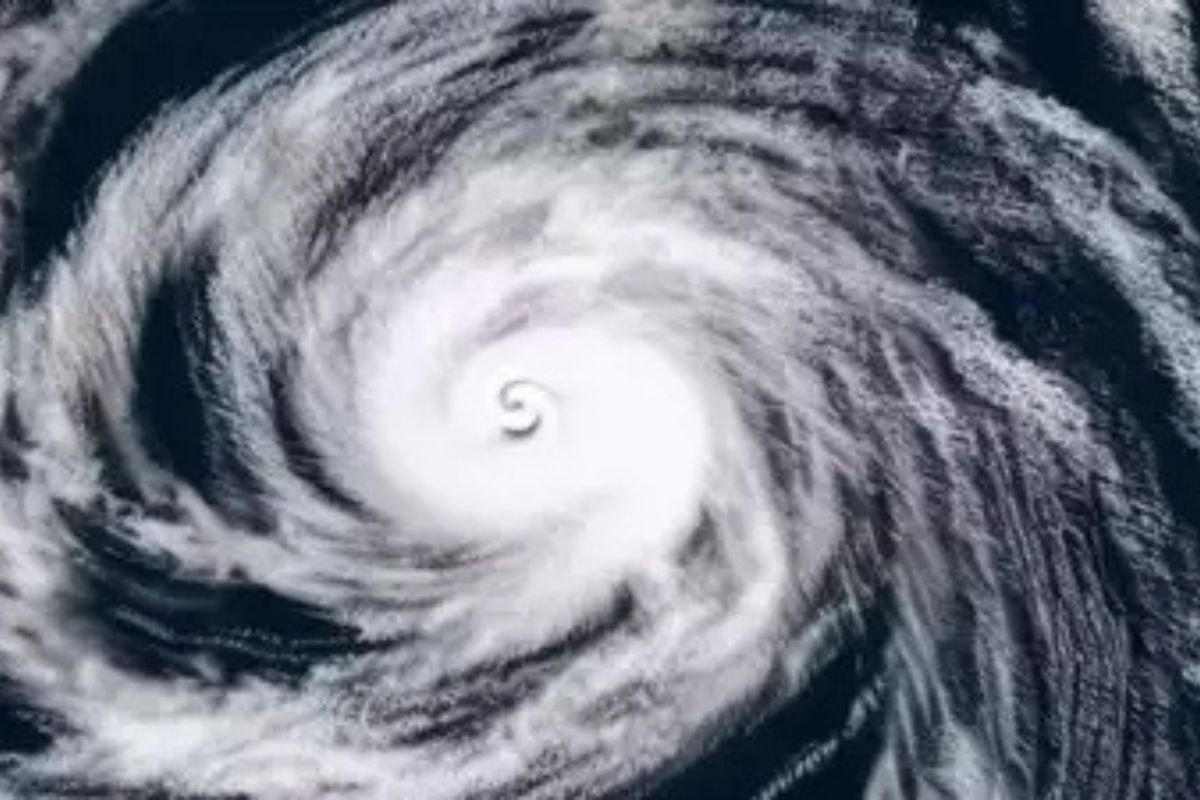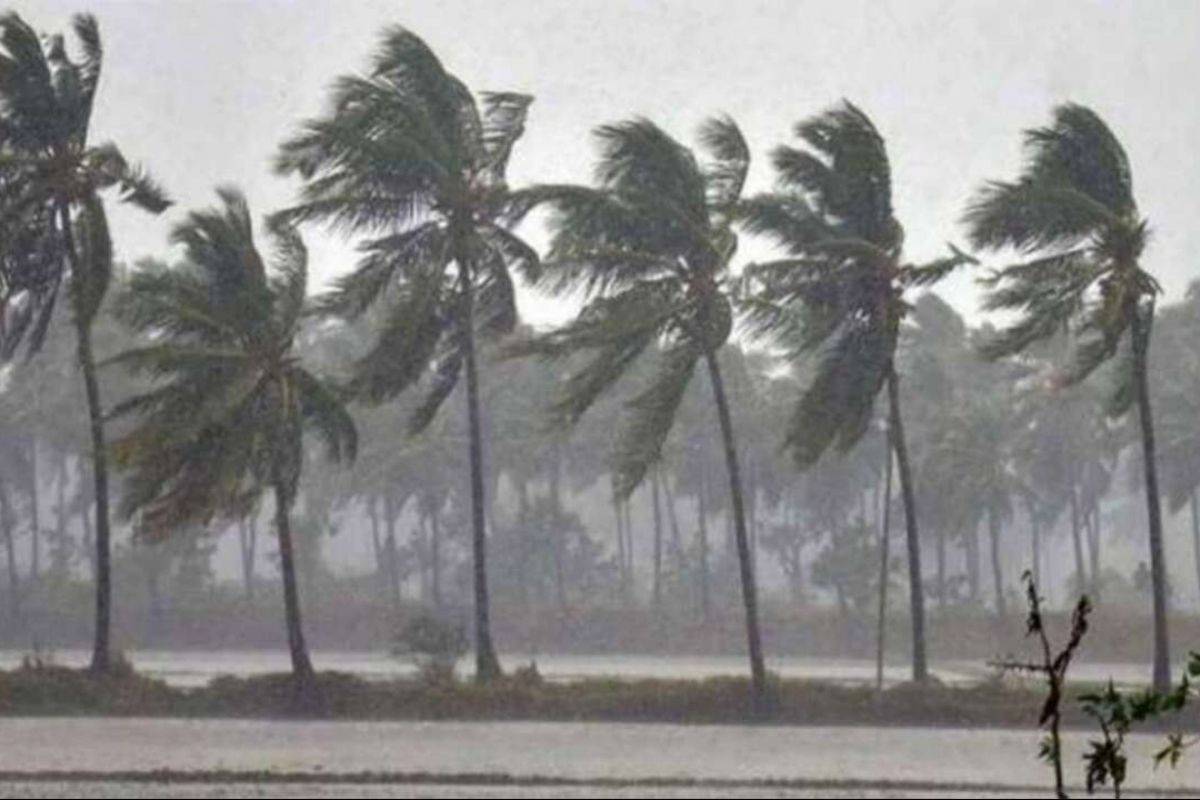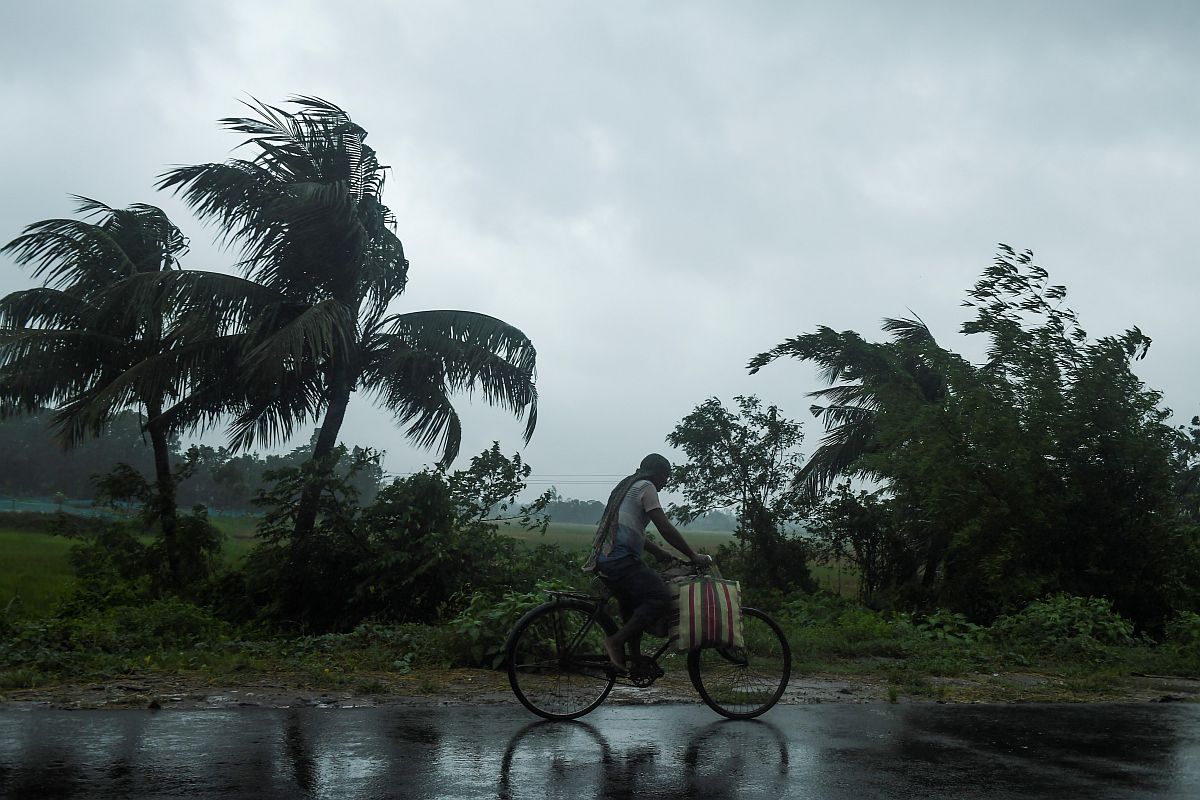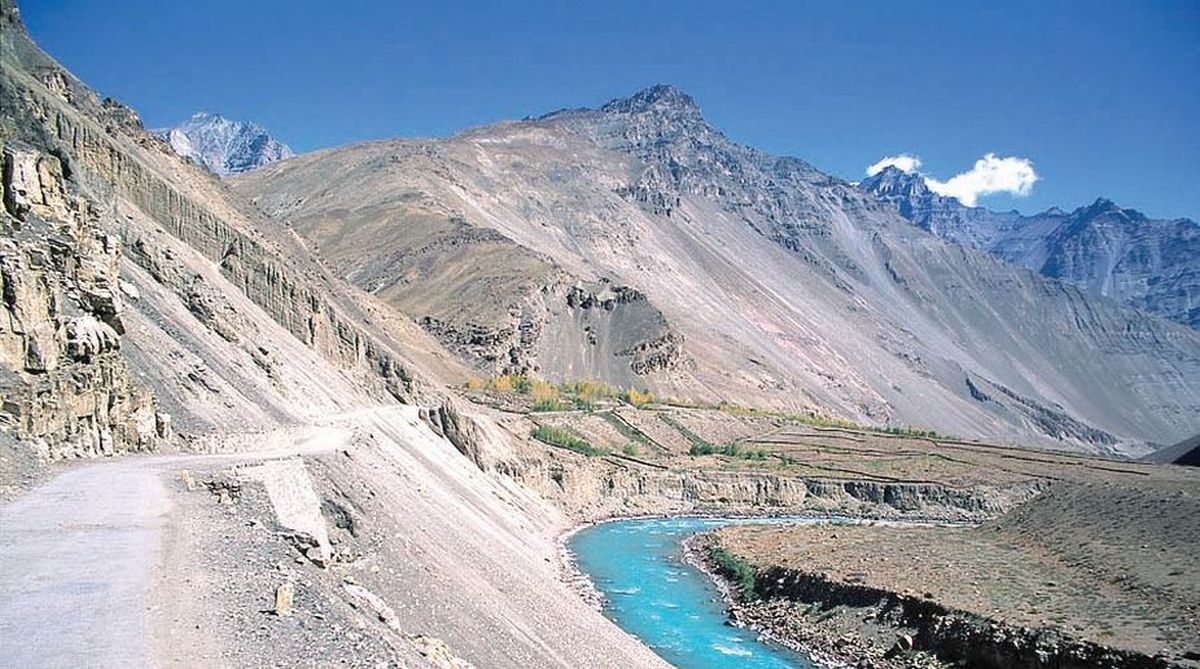PM Modi to attend 6th BIMSTEC Summit in Thailand today
Prime Minister Narendra Modi is set to attend the 6th Bay of Bengal Initiative for Multi-Sectoral Technical and Economic Cooperation (BIMSTEC) Summit in Thailand on Friday, marking a significant step in strengthening regional ties and advancing economic cooperation.












